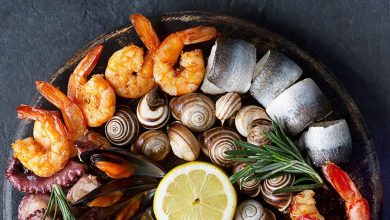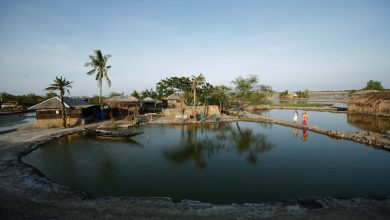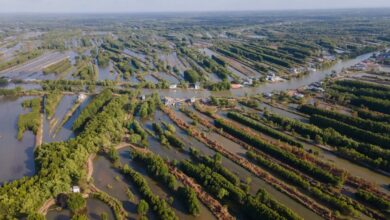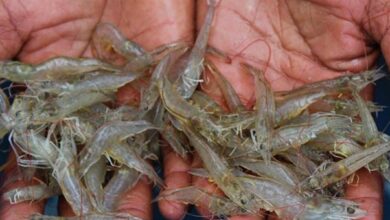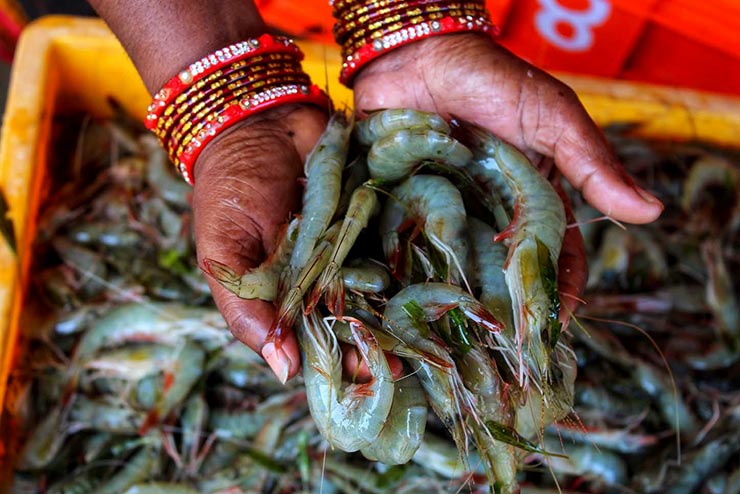
Haryana, under the leadership of Chief Minister Manohar Lal Khattar, is now on an aim to advance swiftly toward the Blue Revolution. Previously, Haryana was renowned for its substantial contributions to the Green Revolution.
The state has begun to make Blue Revolution a success story by promoting it at the local level through the formation of a cluster demonstration farm for shrimp farming and seminars in Haryana for progressive shrimp producers.
In the coastal area, prawn aquaculture is widespread. Nonetheless, landlocked Haryana in the north of the nation is rapidly developing state that offers producers a profitable result in shrimp production. Farmers’ profits have increased tenfold despite their dependence on Southern and Eastern states for fertilizer, fodder, and export.
Through crop diversification, farmers in the state of Haryana have begun to earn more money from shrimp fisheries than from other crops. This is because a rise in the salinity of the water has rendered much of the land in the state of Haryana unusable.
“The net return from farming two crops on an acre would be between 40,000 (USD 500) and 50,000 (USD 600) per month if prices and the climate were both appropriate. The earnings from one shrimp crop a year are between 4 lakh and 5 lakh (USD 5000-6000),” claimed Gurdeep Singh of Bangu village in Sirsa district, Haryana’s largest shrimp producer.
Beginning with just two acres, Singh has persuaded farmers in the surrounding districts to start farming shrimp. Additionally, a large number of farmers from nearby areas in Rajasthan and Punjab are moving there to begin growing shrimp on leased land. Currently, the price of land under lease for 10 years with a 5% yearly increase is between $40,000 and $50,000 per acre.
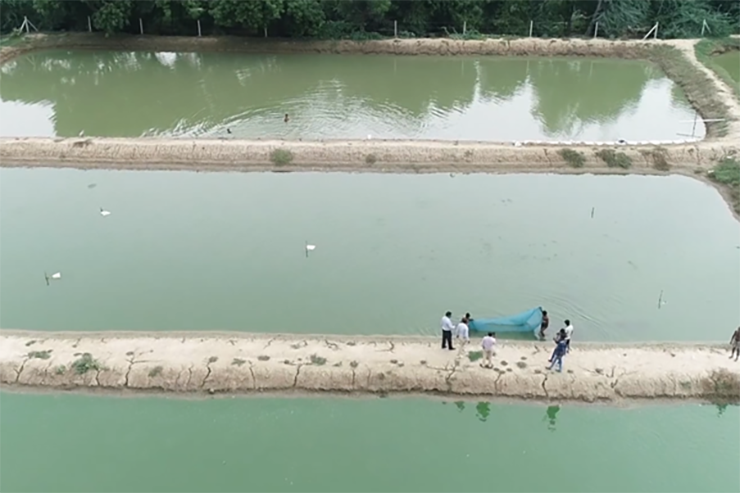
“I spent 3 lakh as rent for 15 acres just a few years ago, and presently it is not available below 13 lakh,” claimed Darshan Singh, a different farmer from Raghuana village in the same area who is now engaged in shrimp farming on 66 acres.
Shrimp farmers said that, along with the state government, local agents also help them with technical difficulties with seed companies. Farmers want to place the shrimp seeds in the pond as early as possible, ideally before 7 a.m., because they are transported to the site by the van as soon as they arrive in Delhi through air freight. It is well acknowledged that shrimp farming may occur in either a freshwater or marine setting.
Moreover, women in Haryana are already engaging with shrimp production thanks to government programs that support alternative or unconventional farming.
Shrimp cultivation is presently being done on over 5,000 acres by numerous farmers in the Sirsa district alone, and many women are getting involved in this industry.
Veerpal Kaur of the Haryana region is one such example. She began raising white prawns on a farm in 2016–17, first on 2.5 acres, but has now expanded the operation to 50 acres with the help of her entire family.
The district fisheries officer in Haryana, Jagdish Chandra, has tremendously supported and inspired the farmers. He said that adding a layer of polythene sheet to each pond has aided farmers in growing prawns in both wet and dry environments, but he acknowledged that this is an additional expense that has to be made every 5–6 years. It’s interesting to see that other than their electricity and insurance costs, farmers don’t have any complaints. They pay 4.75/unit for power right now, but they think it should be closer to 2.
Saline water is typically seen as a curse for agriculture, but for the production of shrimp, it is proving to be a blessing. Such blessing has brought smile for the farmers in Haryana and changed their lifestyle too.
Jaber Bin Abdul Bari
Department of Oceanography, NSTU

